By
Dr G Om Prakasham
Chairman, Lotus Wellness
Consultant Cardiac Surgeon
11 indicators of high-quality addiction treatment.
“How do I know if an addiction treatment program is any good?”
We hear this question all the time. While it may seem like a simple and straightforward question to answer, it is actually quite hard. This question is difficult to answer because overall, there is much more research needed to find out exactly how “successful” each individual treatment program is at helping their patient populations improve their health and functioning and, ultimately, sustain long-term recovery.
The Joint Commission recently announced that for accreditation they will be requiring substance use disorder treatment facilities to begin employing measurement-based practice. This means that for the first time, addiction treatment programs will have to collect data on their performance and relative “effectiveness.”
Despite these gaps in research and credible program evaluation data, there are some important empirically-backed indicators that reflect higher-quality treatment that will increase the likelihood of a positive response to treatment.
So while we await more empirical research, the list below is a great place to start in evaluating which treatment program would be the best treatment provider for you or your loved one.
1. Assessment and Treatment Matching
Finding effective help for an alcohol or other drug disorder starts with reliable and valid screening for the range of substance use disorders and related conditions, as well as physical and mental health conditions.
Once detected, more in-depth comprehensive measurements are needed that assess substance use history and related disorders, as well as medical, psychiatric history and individuals’ family and social networks, and available recovery resources (“recovery capital”). These assessments explore the many interrelated factors affecting the patient’s functioning and life and measure the patient’s readiness to change substance use. Careful and comprehensive assessment can help prevent missing or minimizing important aspects of a person’s life, inattention to which, could compromise the chances of recovery.
2. Comprehensive, Integrated Treatment Approach
In addition to substance use disorders, patients in treatment may have co-occurring psychiatric disorders, like depression and anxiety, as well as other medical problems like hepatitis C, alcoholic liver disease, or sexually transmitted diseases. Programs incorporating comprehensive approaches that directly address these additional concerns, or otherwise assertively link patients to needed services, improves the likelihood of substance use disorder remission.
3. Emphasis and Assertive Linkage to Subsequent Phases of Treatment and Recovery Support
Continuing care is essential to provide recovery-specific social support and necessary recovery support services after the patient transitions from the initial phase of care. Programs that strongly emphasize this continuing care aspect and that provide assertive linkages (not just passive referral) to community resources, ongoing health care providers, peer-support groups, and recovery residences, tend to produce substantially better outcomes.
4. A Dignified, Respectful Environment
The treatment program should possess at least the same type of quality environment as one might see in other medical environments (e.g., Cardiology,oncology or diabetes care). It does not need to contain chandeliers and oriental rugs, but it should be clean, bright, cheerful, and comfortable. Creating a respectful and dignified environment can help addiction patients, in particular, who often feel as if they’ve lost their own self-respect and dignity, regain it.
5. Significant Other/Family Involvement in Treatment
Engaging significant others in the person’s life in treatment increases the likelihood that the patient will stay in treatment and that treatment gains will be sustained after treatment has ended.
Techniques to clarify family roles, reframe behavior, teach management skills, encourage interventions, and access community services all help strengthen the entire family system and help family members cope with, and adjust to, the family system changes that occur in recovery.
6. Employ Strategies to Help Engage and Retain Patients in Treatment
Dropout from addiction within the first month of care is around 50% nationally. Because those who dropout tend to have worse outcomes, it is vital to employ strategies to enhance engagement and retention. These include creating an atmosphere of mutual trust through clear communication and transparency of program rules, regulations, and expectations. Also, by providing empathic counseling and motivational incentives that reward patients for continued attendance and abstinence/reductions in substance use.
7. Use Evidence-Based and Evidence-Informed Practices
Programs that deliver services founded on scientific research and principles and that are delivering the available “best practices” tend to have better outcomes. In addition to psychological interventions, these should include accessibility to FDA approved medications for addiction (e.g., buprenorphine/naloxone, methadone, naltrexone/depot naltrexone, acamprosate) as well as psychotropic medication for other types of psychiatric conditions (e.g., SSRIs etc.). This is typically combined with qualified staff .
8. Qualified Staff, Ongoing Staff Training, and Supervision
Having multi-disciplinary staff (e.g., addiction, medicine, psychiatry, spirituality) can help patients uncover and address a broad array of needs that can aid addiction recovery and improve functioning and psychological well-being. Staff with adequate certification/licensing or board certification in these specialty areas are indicators of higher quality programs. Clinical supervision and team meetings should take place at least once or twice a week for outpatient programs and three to five times a week for residential and inpatient programs.
9. Personalized Approaches that Include Specialized Populations, Gender and Cultural Competence
Stemming from individualized comprehensive screening and assessment, programs should treat all patients as individuals attending to their needs accordingly, recognizing the potentially different needs of men and women and those from different communities (LGBT) or cultural backgrounds.
10. Measurement of Program Performance Including During Treatment “Outcomes”
A further indicator of quality treatment is having reliable, valid measurement systems in place to track patients’ response to treatment. Similar to regular assessment of blood pressure at each point of care in the treatment of hypertension, addiction treatment programs should collect “addiction and mental health vital signs” in order to monitor the effectiveness or ineffectiveness of the individualized treatment plan and adjust it accordingly when needed. Without standardized metrics, it is difficult to document and demonstrate patients’ progress.
11. External Accreditation from Nationally Recognized Quality Monitoring Agencies
Accreditation from external regulatory organizations such as ISO ( International organisation for standardisation) . It is a mark of quality and credibility for any rehabilitation Center.
ABOUT LOTUS – India’s Finest Luxury Rehab
Lotus is a World Class Wellness and Rehabilitation Center in Coimbatore with a holistic approach. It is known to offer the best programs for Detox , Deaddiction, Mental Health and Absolute Wellness in India .
CONTACT LOTUS
We at LOTUS are happy to help you or your loved one overcome his or her addiction and stand up for RECOVERY .
LOTUS WELLNESS AND REHABILITATION CENTER
Pollachi, Coimbatore , Tamilnadu , India
Call confidentially 24/7 (+91 7339062555)
Reach us at info@lotuswellness.life
To know more about us visit our website
www.lotuswellness.life

